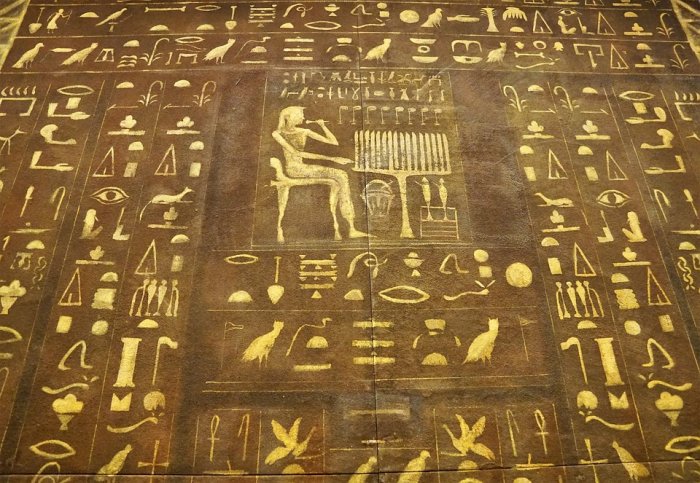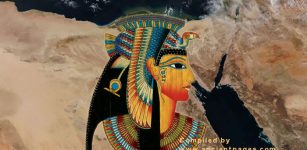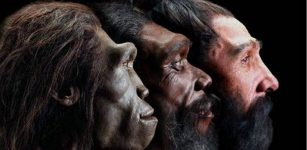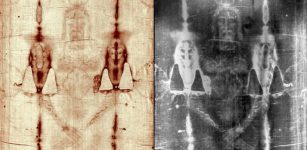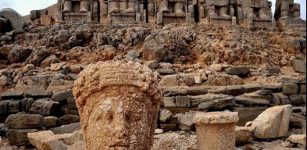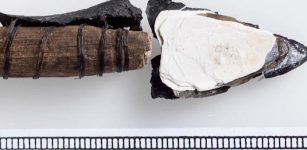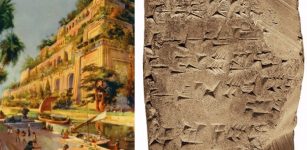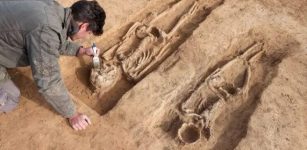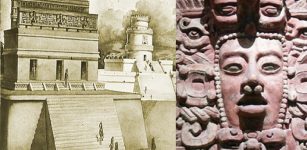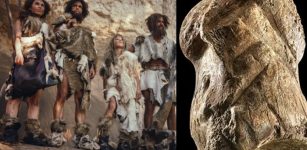Decipher Hieroglyphs And Ancient Egyptian Images With Google’s AI Fabricius
Conny Waters – AncientPages.com - Google’s new tool named Fabricius is a promising translator that will attempt to decipher hieroglyphs and ancient Egyptian images.
The AI (Artificial Intelligence) is a tool that can be used by anyone to interactively discover the language of the Pharaohs. According to Chance Coughenour, program manager at Google Arts & Culture, Fabricius includes the first digital tool - that is also being released as open-source to support further developments in the study of ancient languages - that decodes Egyptian hieroglyphs built on machine learning.
There are of three dedicated gateways:
First, you can “Learn” about the language of ancient Egypt by following a short educational introduction in six easy steps. Secondly, Fabricius invites you to “Play” and translate your own words and messages into hieroglyphics ready to be shared with your friends and family.
Credit: Public Domain
Of course, Google cautions one shouldn’t take the translation too seriously. It’s not meant to e used in academic papers. It’s simply a fun interactive way to learn about and write in the ancient language.
“So far, experts had to dig manually through books upon books to translate and decipher the ancient language--a process that has remained virtually unchanged for over a century. Fabricius includes the first digital tool - that is also being released as open-source to support further developments in the study of ancient languages - that decodes Egyptian hieroglyphs built on machine learning,” Chance Coughenour explained.
Fabricius is currently available in English and Arabic and can be accessed on a dedicated webpage.
Fabricius coincides with the anniversary of the discovery of the Rosetta stone, in July 1799, which enabled experts to learn to read Egyptian hieroglyphs.
Written by Conny Waters - AncientPages.com Staff Writer

